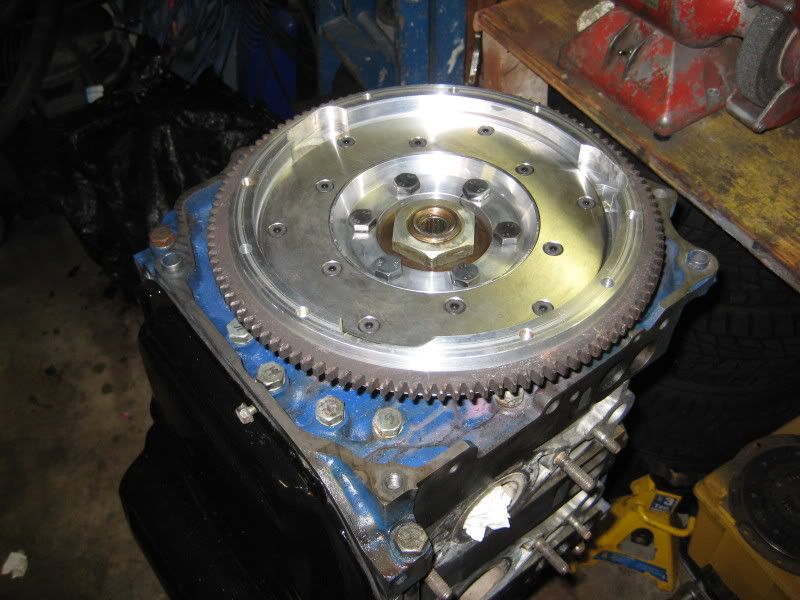How to make a proper 2-Dimensional Drawing
A good engineering drawing doesn't need to be done with expensive software or a drawing board and a t-square. A cleanly executed hand drawing can convey the same amount of information to an engineer, fabricator or machinist as any CAD model can. I would like to put forward some basic steps for those who have ideas about making something but don't necessarily have the means to do it themselves.
1) Label your drawing. You may know what it is but without a label, no one else will. A label should include at a bare minimum the following: name of the creator, name of the part(s), material of the part and date created.
2) Clearly state your units. Space shuttles have crashed because of the difference between an inch and a centimeter. I personally use metric for everything I do. The conversion between metric and standard is straight forward so whatever you chose, just make it clear.
3) Create an origin. This may not seem terribly important for basic 2-d drawings but when you begin to use 2-d views of different planes (the x,y,z planes), stating an origin gives the viewer a reference point.
4) Show enough dimensions so that the intended end shape can be determined immediately. The end viewer shouldn't have to do any calculations or make any assumptions.
5) Show the dimensions between points, lines and surfaces that have a direct relation to each other.
6) Show angular dimensions in degrees.
7) Try to make your drawing to scale. If it is not within reason, clearly state that it is not to scale.
8) Write legibly.
That's about it. Here at RAI, we use SolidWorks 2009. The program's capabilities go far beyond basic 2-d drafting, but it does that just fine as well.













 Reply With Quote
Reply With Quote













Bookmarks